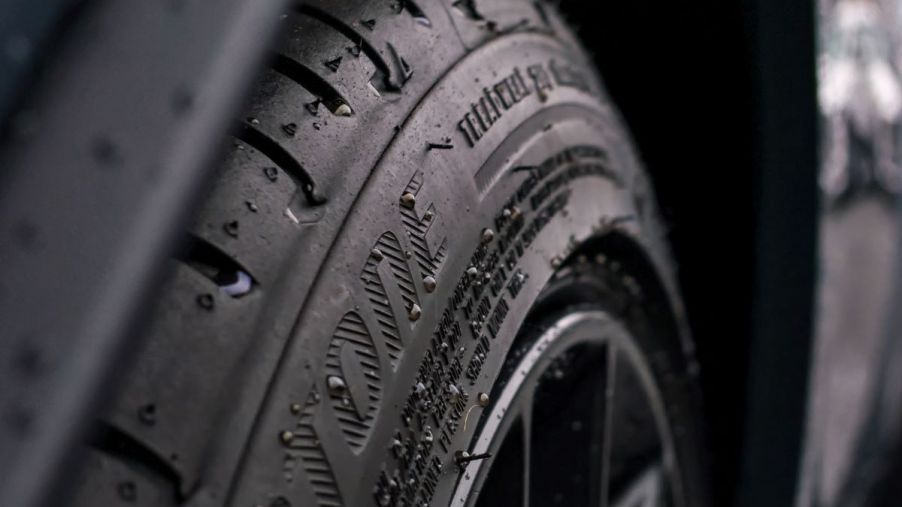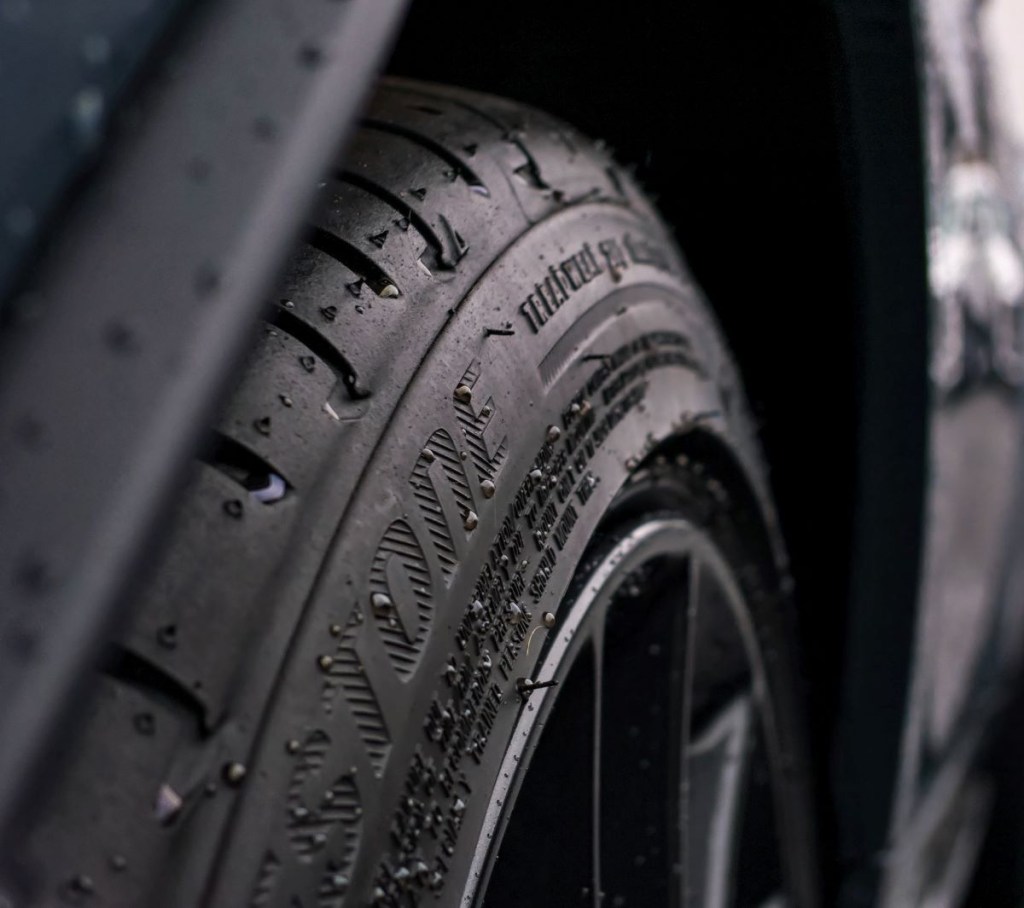
Is It Worse for Tire Pressure to Be Too High or Too Low?
Your tires are some of the most important parts on your car—they’re an efficiency feature, a safety feature, and make an impact on ride quality. People tend to keep a closer eye on their tire pressure in cold weather, but there are many more factors than can affect the psi (pounds per square inch) of your tires, increasing or decreasing the amount of air pressure. But, is it worse to under-inflate or over-inflate your tires?
What should my tire pressure be?
Most modern passenger cars have a recommended tire pressure of between 32 and 35 psi. You can find your car’s specific recommendations on the inside of the driver’s side door, in the trunk or glove box, and in your owner’s manual.
All cars produced after 2008 have standard Tire Pressure Monitoring Systems (TPMS) on-board. This system uses sensors to track the current air pressure in all tires. When one or more tires is low, the system will use tire pressure sensors to alert you through a tire pressure light on the dashboard.
However, the TPMS light will only come on when a tire is 25% or more below the recommended air pressure—that’s dangerously low. It won’t alert you if tire pressure is too high.
Why is it bad to have low or high psi?

Tire pressure and gas mileage are linked, so at the very least, it’s bad to have overinflated or underinflated tires because you’ll end up paying more per mile for pricey fuel. Beyond that, poor tire inflation can cause a higher risk for tire failure and worse handling while driving.
Car Talk, via The San Diego Union-Tribune, says “underinflated tires put a larger rubber contact patch on the road, create more friction and therefore run hotter. And heat can cause the tire’s belts to separate and come apart.”
Be sure to check your tire pressure at least once a month. If the weather is fluctuating by 30 or more degrees, your car seems to be riding differently, or you just have concerns about your tires, it’s recommended to check more often. Low tire pressure is a bigger danger than high tire psi.
At what PSI does a tire explode?
While it is possible for a car tire to pop from over-inflation, it’s incredibly rare. The psi of a tire would need to hit around 200 psi before the materials would fail and the tire would blow.
How to check tire pressure and set the correct psi
Some modern cars will display the measured tire pressure, so you can see exactly what each tire is riding at while you’re driving, but it’s still a good idea to check your tire pressure regularly and make sure everything is correct. You can check the pressure using a cheap tire pressure gauge (get one at your local hardware store for a few dollars) or a more complicated digital measuring tool.
To set the correct pressure, you can go to most any gas station and use the public pressure gauges to check your psi and add more air if needed. But, if you really want to take your tire safety to the next level, consider an air compressor for your car. A compressor can inflate your tire correctly to the proper pressure without under- or over-inflating.
Don’t wait for the tire pressure light to take control of your safety
The warning light in your vehicle is helpful, but if you experience a tire pressure sensor fault (shown by a blinking tire pressure light on the dashboard) you may not get a warning for an underinflated tire. And remember, you won’t get a warning for too much air in your tire.
It’s best to keep your tires at proper inflation, but low tire pressure is worse than high.


